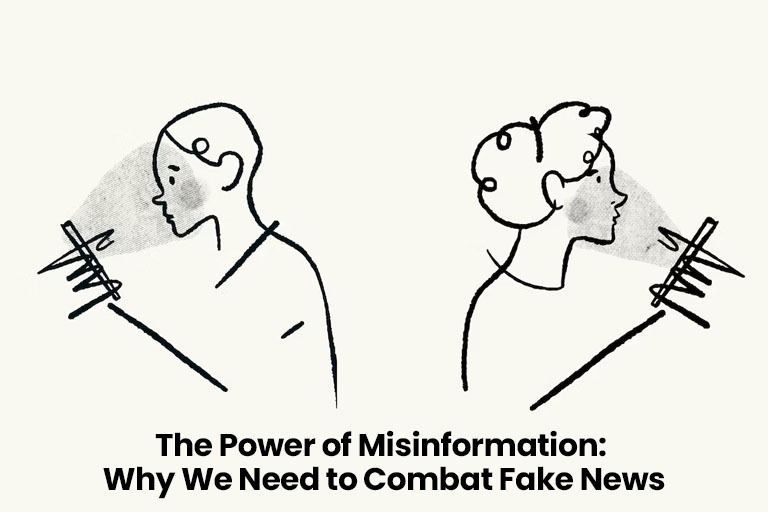In the era of digital data, combating the proliferation of fabricated information has surfaced as a formidable societal hurdle. The swift propagation of inaccurate or deceptive content across diverse communication channels yields consequences that surpass personal belief structures. The influence of fake news can mold public sentiment, sway political determinations, and even erode faith in established organizations. This piece delves into the potency of misinformation and underscores the pressing necessity to counteract fake news in favor of a well-informed democracy, communal unity, and the holistic welfare of society.
- The Pervasive Influence of Fake News
- Erosion of Trust in Media and Institutions
- Political Manipulation and Polarization
- Real-World Consequences and Public Safety
- Global Collaboration and Information Sharing
- Challenges in the Digital Age
- Individual Responsibility in the Digital Ecosystem
- Looking Ahead: A Resilient Information Landscape

